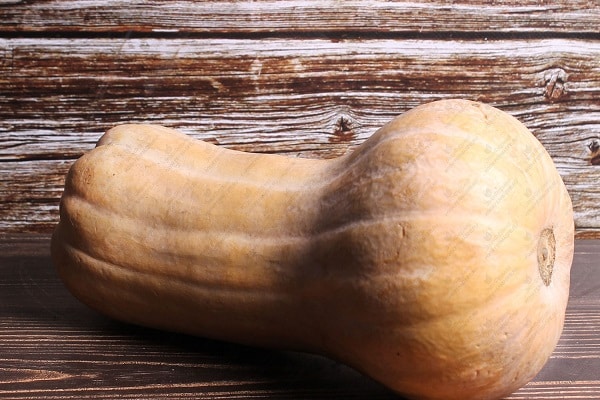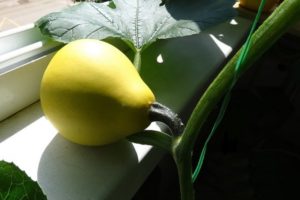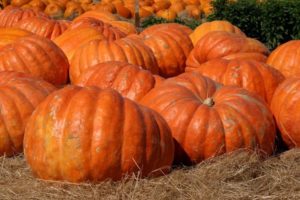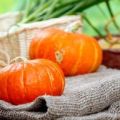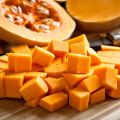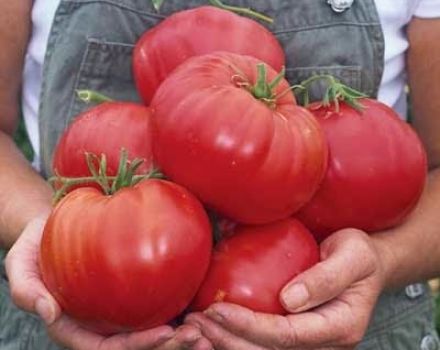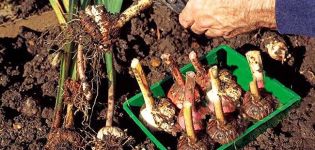Description of the pumpkin variety Butternut, features of cultivation and care
Pumpkin Butternut is the general name for all varieties that are characterized by an elongated pear-shaped shape and orange flesh inside the fruit. The presented variety was bred in North America, while the cultural butternut squash and African bakery fruits.
Description of the variety
The vegetable belongs to the Pumpkin family. The fruits have much fewer seeds than in the usual version, the taste has a nutty flavor. The variety is early maturing, belongs to winter, therefore it can be stored for a long time. The peel is dense, yellow-orange in color, underneath there is an oily pulp.
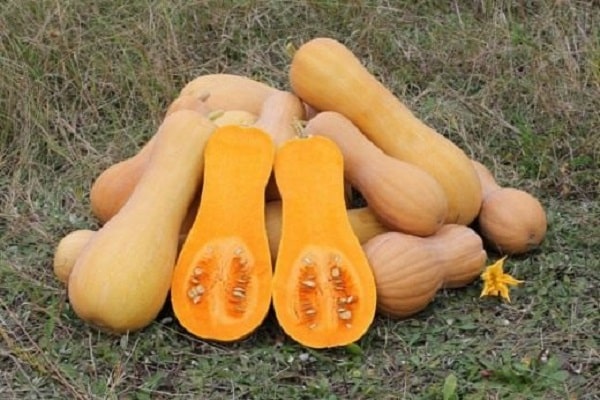
The average weight of a pumpkin reaches 1–1.5 kg, with proper care and good weather conditions, up to 20 fruits are formed on one bush. Pumpkin seeds are located in the expanded part of the fruit.
Main characteristics:
- variety - early maturing;
- shape - pear-shaped;
- weight - 1-2 kg.
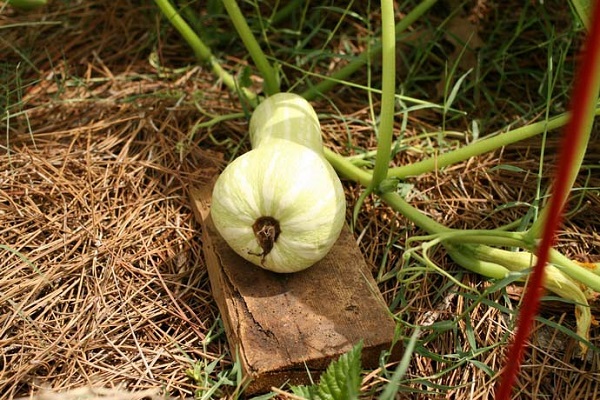
The description of the variety says that Butternut can be removed from the bush unripe, with a greenish peel. The fruits ripen with time during storage. With a significant decrease in temperature, pumpkins are also plucked in order to save the harvest.
Growing features
Grow the variety mainly in seedlings, especially in regions with cool summers. The place should be chosen sunny, protected from drafts and wind. The bed should be dug up in the fall, adding the necessary fertilizers to the soil.
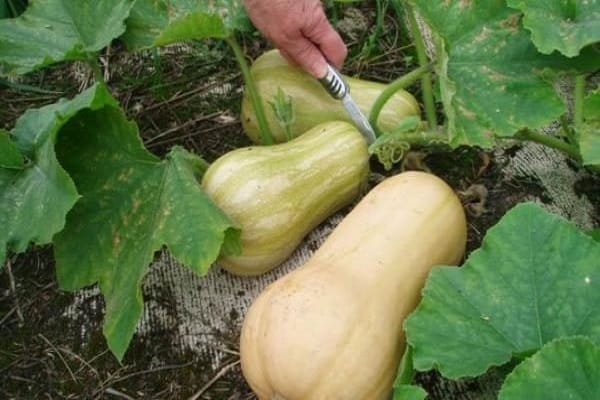
Seeds for seedlings must be preheated, soaked in early May, and then planted in small containers, one seed per pot. In order to preserve planting material, future seedlings must be kept warm, mainly in a greenhouse. After the soil has warmed up, the seedlings are planted in the ground.
Before setting the fruit, it is recommended to apply natural fertilizers such as manure and compost. Before flowering, the bushes can also be sprinkled with ash.
Pumpkin Butternut has an excellent taste and smell; it can be eaten both fresh and in addition to juices, stews, cereals.

The advantages of the variety:
- early maturity;
- high productivity;
- versatility;
- compactness of fruits;
- storage duration.
The fruits contain many useful substances, including potassium, beta-carotene, phosphorus, zinc, magnesium, sodium. The use has no contraindications, the vegetable is hypoallergenic. Not recommended for use only by people with diabetes, or with individual intolerance.

Plant care
For a good harvest, it is necessary to regularly weed the beds, huddle and loosen the soil. Potash fertilizers need to be applied twice a month.Abundant watering with warm, settled water is important. Good results can be achieved with artificial pollination.
Experienced gardeners recommend mulching using cut grass and straw. Such a process will protect the beds from weeds, provide the plant root system with maximum comfort.

The first harvest can be obtained after 80–90 days from the moment of planting the seeds. Watering should be stopped 2-3 weeks before the expected harvest. This will allow you to get tasty and sugary pulp in the fruit, as well as to form a dense skin, which is especially important for long-term storage pumpkin.
It is not recommended to apply mullein and ash at the same time; fertilizers should preferably be alternated.

Diseases and pests
Inadequate care leads to vulnerability to several diseases, including:
- bacterial - they affect the leaves, change the shape of the fruit, affect the taste and useful qualities of the product;
- fungal - form a white bloom on plants, subsequently causing rot.
It is also worth noting the possibility of the development of aphids and spider mites. It is important to get rid of the affected leaves in time, water it correctly and in a timely manner.

To avoid possible diseases, agronomists recommend treating the seeds with a bacteria-resistant compound before planting.
Harvesting
Harvesting of the crop is carried out at the end of summer in order to prevent the fruits from getting under possible frost. It is also permissible to remove unripe pumpkins, which will mature in a dry, warm place. In order not to waste time drying the fruits, it is advisable to harvest the crop on a sunny day.
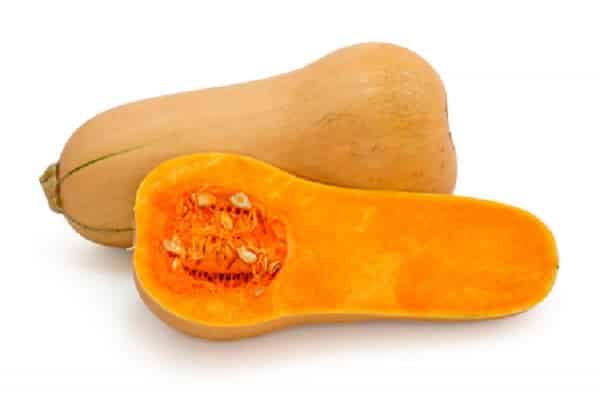
Long-term storage is possible if the fruit is cut off, leaving the stalk intact and without damaging the skin. If there are any cracks or damage, the pumpkin should be used soon. If all the manipulations were done correctly, the fruits can lie until spring without losing their taste and useful qualities.
Nut gourd has many varieties, the characteristics of which will help you choose the right crop, based on your place of residence and climatic conditions.
It is also worth relying on the way of use. The large fruit varieties are mainly used as pet food. Small-sized portioned pumpkins are suitable for eating, they can be baked, used for preparing baby food, added to various dishes.
